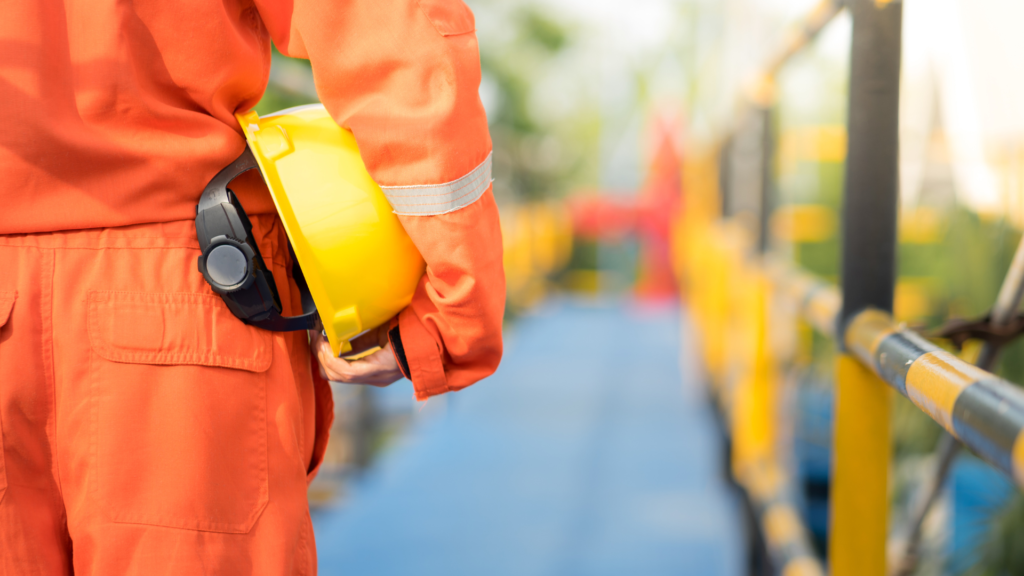Time and time again, we hear about businesses that misplace billions of dollars worth of valuable products. The losses occur throughout every distribution channel: from the warehouses to the trucks to the delivery trucks to the individual delivery drivers and finally to those unfortunate customers who receive the products.
Running a distribution center for healthcare products, or any products for that matter, is no easy task. Not only do you have the products to worry about, but you also need to make sure the staff is protected from potential accidents. That is why it’s important to make sure your distribution center is as safe and accident-free as possible. If a tragic accident were to occur, resulting in a wrongful death, the victim’s families may reach out to an attorney at www.warfornash.com or a similar website and file a lawsuit against your center. Therefore, it’s important to take preventative measures and ensure proper safety protocols are in place, so you can avoid accidents and keep your distribution center running smoothly. To that end, making safety a priority helps protect your staff, products, and business.
Find a good site
When it’s time to find the right location for a distribution center, there are many factors to consider. Firstly, your distribution center needs to have room for storage, and it needs to have enough space for product loading and unloading. You also need to make sure it is easily accessible for employees. Once you’ve narrowed down your search to a few potential sites, it’s time to conduct a site assessment.
Perform an initial site assessment
Performing an initial site assessment is the first step toward preparing a distribution center (DC) for distribution center safety. The assessment process includes reviewing a DC’s processes, identifying potential hazards, and identifying and correcting them before people get hurt. A comprehensive evaluation should look at all aspects of DC operations and facilities. One critical area to assess is fire safety, as fires can quickly spread and endanger lives in a large warehouse setting. Conducting a thorough Fire Risk Assessment From Meritas or other third-party experts provides an objective analysis of fire hazards and how to mitigate risks. Other important assessments include an electrical safety audit, structural evaluation, and security risk assessment. Taking these proactive steps enables DCs to implement necessary controls and safeguards across all potential areas of risk. Conducting thorough initial assessments lays the groundwork for effective distribution center safety.
Identify risk areas
Warehouses, distribution facilities, and any other facility handling goods on a large scale often have large areas set aside for employee parking. These areas are also often used as loading areas for incoming shipments. Both areas pose the same potential threat in that they may attract the attention of pedestrians not familiar with the facility or where workers may be distracted. If no one is present in the area, the risk is very low. However, if a worker is unloading a shipment, taking a phone call, or tending to personal business in the area, then pedestrian traffic in the area should be monitored.
Assess site challenges
Running a distribution center presents many challenges. One of the biggest is ensuring the safety of your employees. For instance, in a distribution center, mishandling wire harnesses poses risks to employees, including exposure to sharp edges, abrasion, and electrical hazards. Additional hazards encompass accidents involving heavy machinery, slips, falls, improper lifting techniques, and exposure to harmful substances. Crucial risk mitigation strategies may involve delivering comprehensive training and employing protective solutions like automotive wire harness protection. These measures can collectively contribute to fostering a secure work environment, safeguarding employees from potential dangers associated with the diverse operations within a distribution center.
Identify solutions
Distribution center managers are continually looking for ways to make their facilities safer. Safety is paramount in warehousing and distribution, and ensuring safe working conditions for employees and the environment is critical to maintaining a healthy business. Some important safety measures include installing proper ventilation systems to reduce dust and pollutants, implementing strict protocols around forklifts and heavy machinery operations, and conducting regular safety training sessions. Additionally, having open communication channels where employees can voice concerns creates a culture of safety. Bringing in third-party services, such as a trustable air duct cleaning company or a machine maintenance service to regularly keep the place in good shape reduces risks. Prioritizing safety takes commitment across all levels of a distribution center’s operations, but the rewards of lower injury rates and higher productivity make it a wise investment.
Implement safety procedures
Creating a safe and productive environment in your distribution center is difficult, but there are ways to make it safer for employees. Implement safety procedures, such as lockout-tagout, to ensure hazardous equipment stays off during maintenance. Invest in proper equipment, like safety belts, to ensure employees do not fall off moving equipment. Your team should be fully trained in all equipment they use daily.
Measure results
Safety in the workplace is a top priority for distribution centers, so it’s worth taking the time to measure the results of your efforts. You can track safety metrics across your distribution center, so you can determine where improvements and adjustments need to be made. Several of the metrics that you’ll want to track include injuries, lost time accidents, and near misses.
Keep Distribution Centers Safe with These Strategies
When warehouse workers handle the products that are a significant part of your company’s revenue, safety is critical. That’s why it’s important for warehouse managers to use safety assessments to measure the safety of their operations. Distribution centers are big businesses. The number of products shipped through distribution centers increases each year, so the area can be prone to many accidents.
So it’s vital that many strategies and methods are in place to ensure the safety of all.







